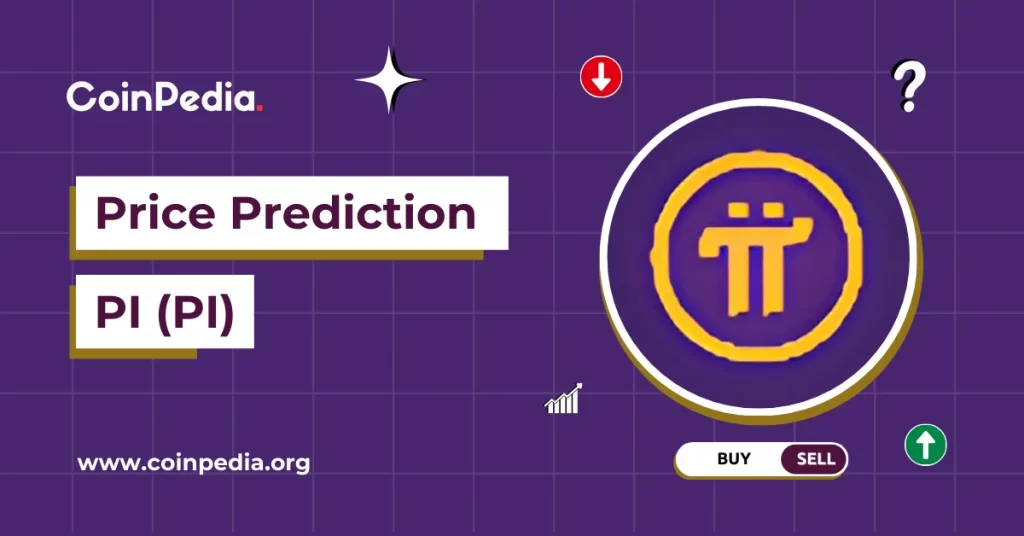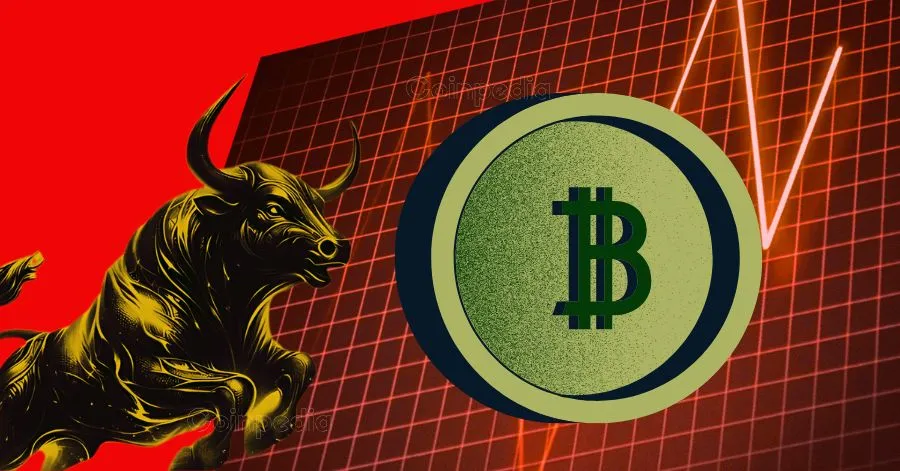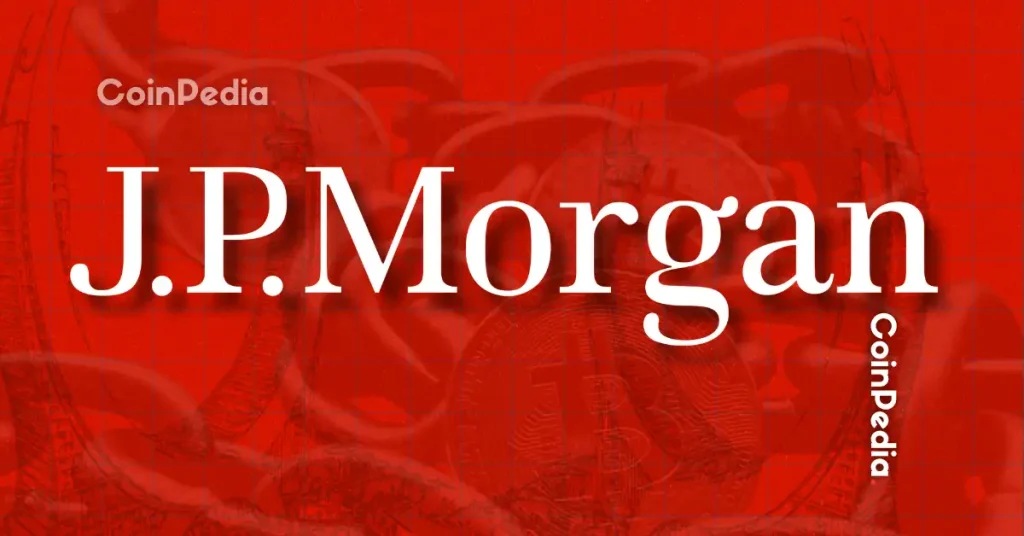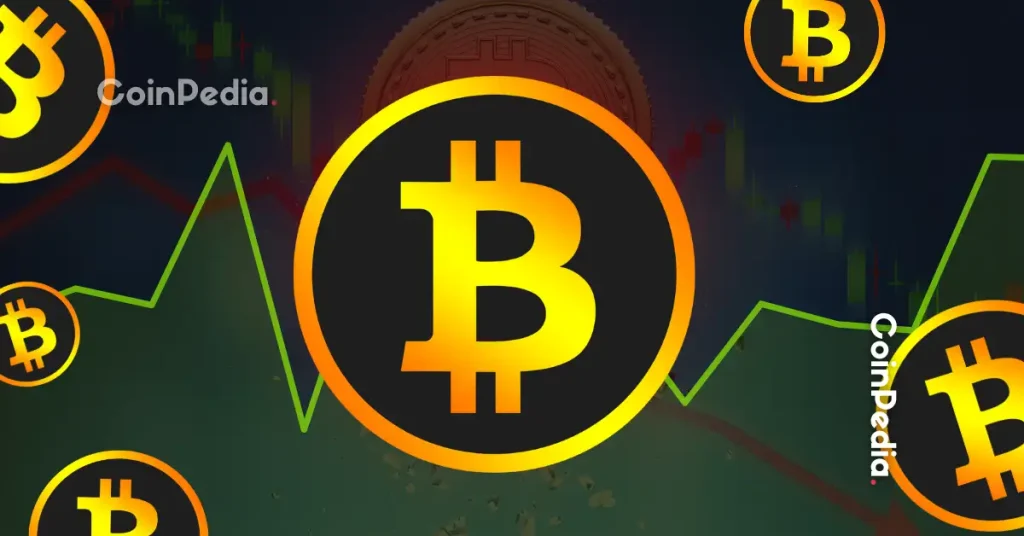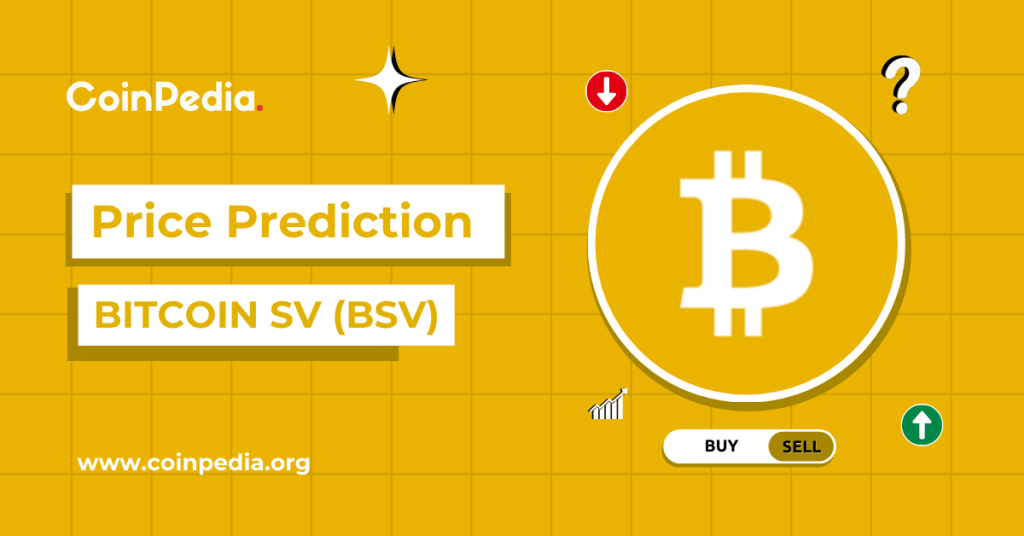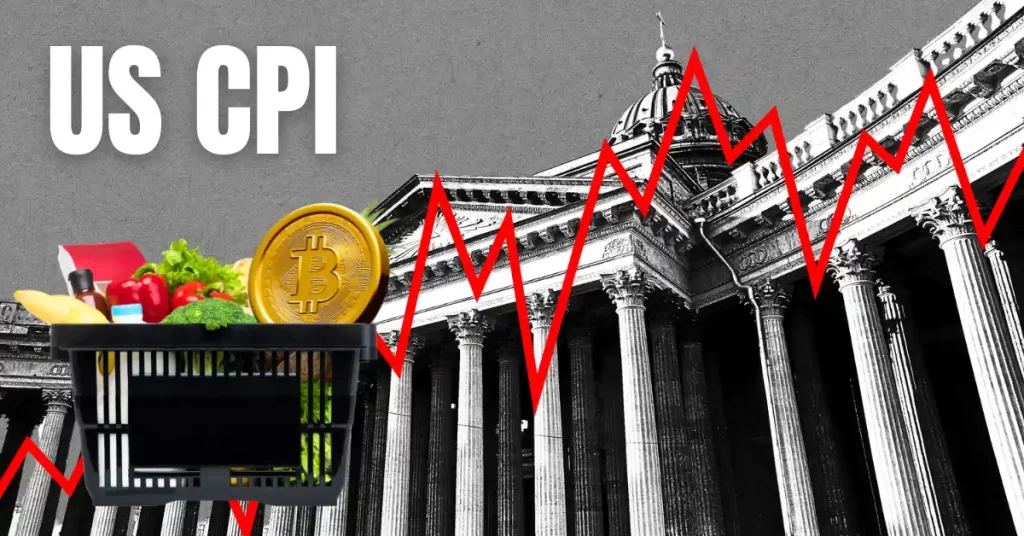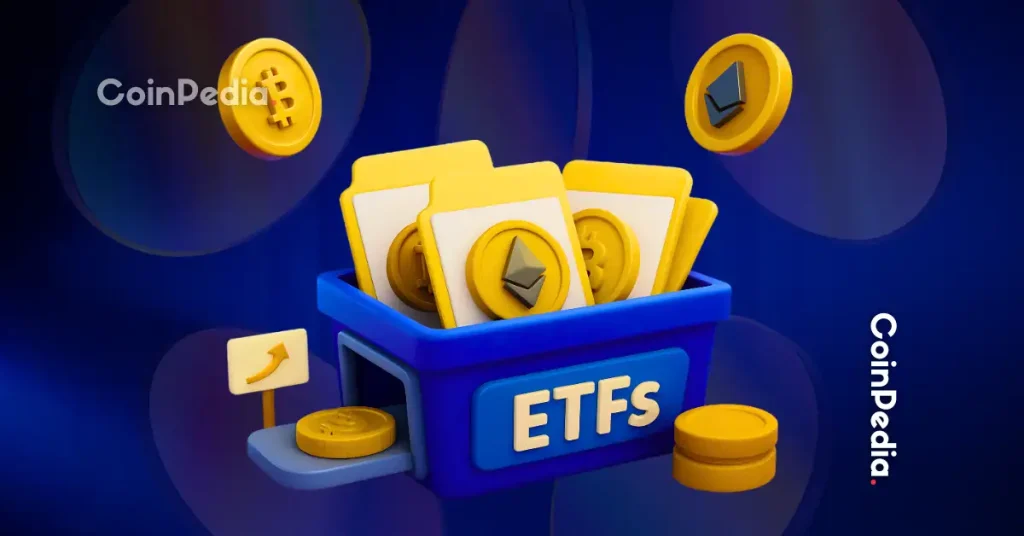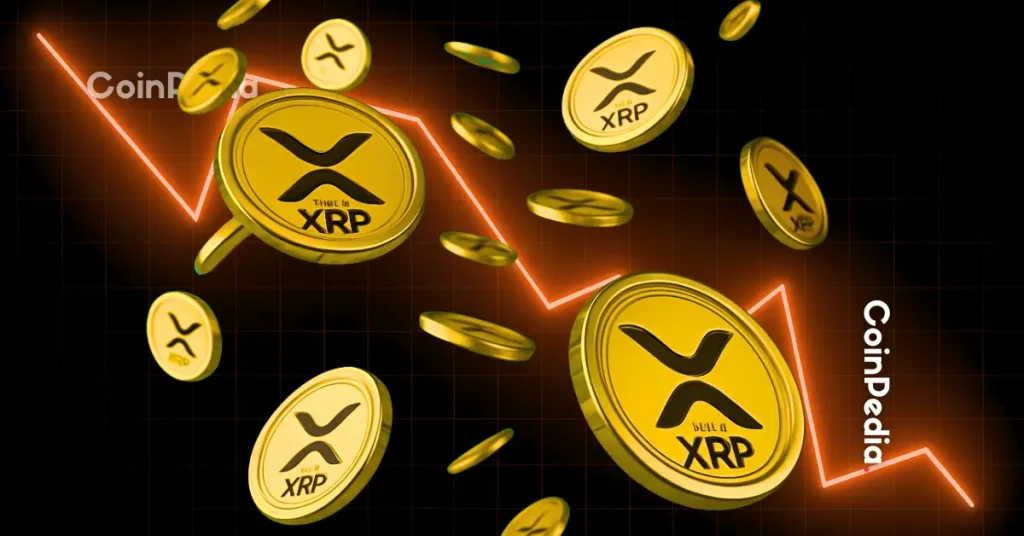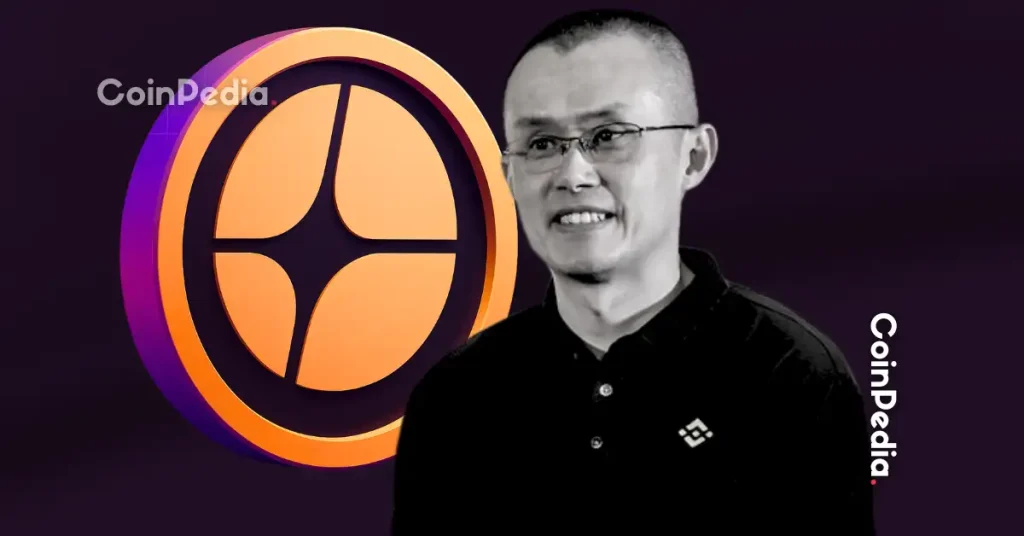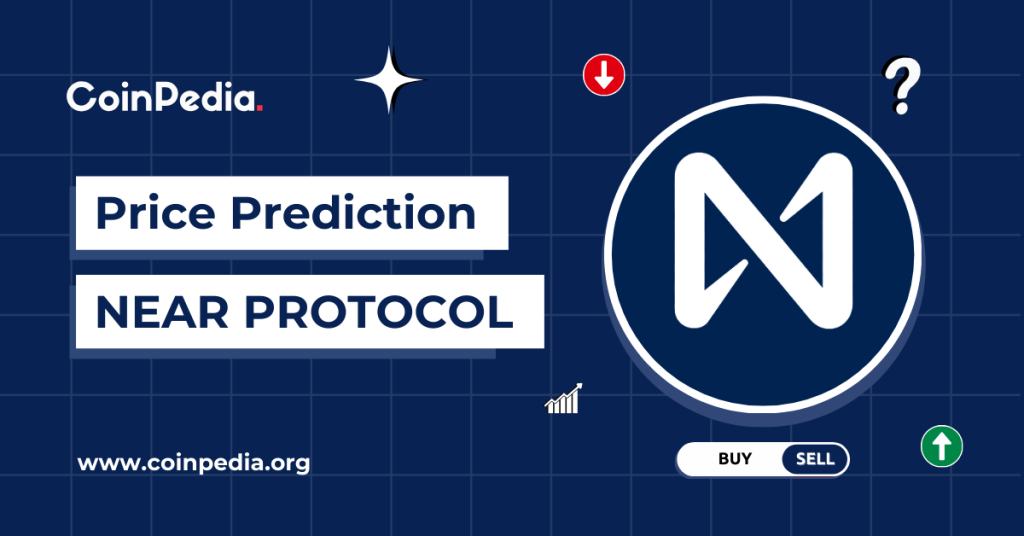Summary We assessed Bitcoin's application in portfolio optimization with quantitative techniques. Surprisingly, by adding Bitcoin to the Global Market Portfolio we were able to maximize Sharpe, Information, and Sortino Ratios. Additional consideration was given to lower-risk and heuristic investors, illustrating that Bitcoin likely provides benefits to such investors as a small diversification vehicle. On a fundamental level, we think Bitcoin's long-term outlook remains positive on the basis of growing institutional uptake, political support, and more consistent volatility. Risks such as time series bias and Bitcoin's perceived fundamental weaknesses should be considered. It's been approximately three years since we last weighed in on Bitcoin ( BTC-USD ) , where we argued that certain correlations would lead to sustained momentum. Although it has suffered from a few bumps ever since, Bitcoin has delivered index-beating returns, consequently verifying our analysis to a degree. Pearl Gray's Previous Rating (Seeking Alpha) Today's report approaches Bitcoin from a different angle, whereby we re-assess the cryptocurrency's optics in context of its maturing nature and its portfolio optimization benefits. Without further delay, here's a summary of what we discovered. Bitcoin: Price Evaluation & A Maturing 'Asset Class' Market Commentary Bitcoin has delivered solid returns in the past year, after slumping during the initial stages of global interest rate increases and the concurrent bear market . Despite the coin's resurgence, a slight decrease has occurred since the turn of the year, likely due to a broad-based decline in risky stocks and a technical correction. Data by YCharts So, looking ahead, what's in-store for Bitcoin? First, let's run through a correlation matrix to establish Bitcoin's correlation parameters. A time series correlation matrix shows that Bitcoin's correlation to major asset classes has strengthened in recent years with its correlation to the Russell 1000 increasing to 0.62 between 2020 and 2024. However, interestingly enough, Bitcoin's correlation to the dollar has inverted even further, settling at -0.22 for the period between 2020 and 2024; moreover, Bitcoin's correlation to the VIX has stayed negative , at least until 2023. Collectively, these figures make for an interesting analysis due to a potential shift in influencing variables. BlockWorks Adding to the above, it's shown that Bitcoin's price volatility has diminished in recent years. While still a volatile asset, Bitcoin's current volatility is on-par with certain big tech stocks, which seemed unthinkable a decade ago. In our view, Bitcoin is maturing, which is both statistically evident and qualitatively explainable (elaborated upon later) . Bitcoin Realised Volatility (iShares) Herewith is a rolling volatility correlation to substantiate some of the claims made in the preceding paragraph. Bitcoin Vs. Tech Stock Realised Volatility (iShares) Maturity Institutional Acceptance Brian Moynihan spoke earlier this year, stating that “If the rules come in and make it a real thing that you can actually do business with, you’ll find that the banking system will come in hard on the transactional side of it,” - Moynihan's words provide a leading-indicator of Bitcoin's institutional level acceptance, especially given the Trump Administration's (and various other global political parties) pro-Bitcoin stance. Moreover, index funds have capitalized on the demand for Bitcoin as an investable asset vehicle; in our view, indexation could add tremendous gravitational pull. VettaFi Furthermore, financial market participants often overlook Bitcoin's transactional value (it's not merely an investable asset). Sure, Bitcoin might not be backed by tax dollars; however, it has tremendous real-world application. Until now, most of the transactional utility has occurred in developed or top-tier emerging nations . However, we think the secret sauce lies in emerging markets where people with volatile currencies might want to utilize their Bitcoin reserves as a means to protect against volatile soft currencies - I speak out of experience. Data by YCharts Potential Proxy For Gold? I pointed to Bitcoin's negative USD correlation earlier in the article. Investors have historically opted for Gold as a USD hedge, especially whenever tail risk emerged . Although speculative, Bitcoin could be used as a co-reserve alongside gold, providing similar principles with diversification benefits. Here's a recent state street study discussing how Gold and Bitcoin could arguably be used together in the future: Link Here Portfolio Optimization Portfolio optimization is primarily a statistical study emphasizing risk-adjusted return maximization through diversified portfolios. While an observation of standard deviations and correlations might possess limitations in the real world, they provide a valuable guideline to investors with an interest in objective theories as opposed to emotional decision-making. We selected a few portfolio methods to illustrate Bitcoin's potential application in portfolio optimization. More specifically, we studied heuristic portfolios, including the 60/40 and 1/N. Moreover, we looked at a Global Market Portfolio equivalent, to add width to the analysis by including a broad range of asset classes. Here's a summary of some of the terms used in the analysis. Sharpe Ratio: A measure of risk-adjusted returns by observing excess returns relative to volatility. Sortino Ratio: Similar to the Sharpe ratio. However, this metric bases its denominator on downside deviation. In addition, it sets its excess return benchmark equivalent to predefined investors' required return instead of a risk-free asset. Information Ratio : Measures excess return relative to tracking error by basing both against a benchmark. Efficient Frontier: A series of optimal portfolios based on investors' desired risk-return appetite. Tangency Portfolio: The point on the efficient frontier that maximizes the selected risk-adjusted return metric. 60/40 Heuristic: A heuristic approach to asset allocation, comprising of 60% stocks and 40% bonds. As investors age, this method often turns into other approaches, such as 120 minus age. 1/N Heuristic: A selection of major asset classes weighted equally to ensure broad-based exposure while minimizing the time and effort related to managing broad-based exposure. Global Market Portfolio: A portfolio that aims to sample all investable assets by market capitalization. ETF Proxies: Thematic vehicle proxies used to sample the underlying asset exposure of each portfolio methodology. During the testing process, we emphasized the maximum Sharpe Ratios and Information Ratios. Other methodologies can be used; however, portfolio optimization via Sharpe and IR is quite common in practice. 60/40 Heuristic The 60/40 is probably one of the most common heuristic portfolios, ideally suited to investors who seek practical yet effective solutions. Here's a view of the portfolio's weights, its ETF proxies, as well as portfolio weights for the maximum Sharpe Ratio portfolio. Fund Equal Weight 60/40 Max SR Vanguard Russell 3000 (VTHR ) 50% 60% 100% Vanguard Total Bond Market ( BND ) 50% 40% 0% Source: Author's Work Here's the regression's results, a discussion follows. Monthly Regression With Dates January 2016 - March 2025 (Author In Portfolio Visualiser) A pure equity portfolio maximizes the Sharpe and Sortino Ratios. A pure equity portfolio maximizes expected return. A 50/50 portfolio minimizes maximum drawdowns. In essence, you'll likely experience superior risk-adjusted returns from a pure equity portfolio. However, market tail risk could be more severe, meaning a lack of asset class diversification might lead to an undesirable maximum drawdown. Thus, allocation would depend on an investor's risk-return preference. 1/N Here's the data for a 1/N portfolio. Kindly note that the selected major asset classes were at our discretion; investors' definition of major asset classes might differ. ETF/Fund 1/N Max SR Vanguard Russell 3000 14.29% 45.39% Vanguard Total Bond Market 14.29% - iShares Core MSCI EAFE ( IEFA ) 14.28% - Vanguard FTSE Emerging Markets ( VWO ) 14.28% - iShares iBoxx $ Invmt Grade Corp Bd ( LQD ) 14.29% - Vanguard Real Estate ( VNQ ) 14.28% - SPDR Gold Shares ( GLD ) 14.29% 54.61% Source: Author's Work - Might Be Subject To Small Rounding Errors Herewith are the results; a discussion follows. Monthly Regression With Dates January 2016 - March 2025 (Author in Portfolio Visualiser) The results of the 1/N provide novelty in relation to the 60/40; here are the key findings. The Sharpe Ratio and Sortino Ratio are both lower for the 1/N portfolio than for the 60/40 and pure equity portfolios. Despite the 1/N's shortcomings, an altered 1/N shows that we can achieve superior Sharpe and Sortino ratios by restricting certain asset classes from the 1/N. The expected return on the restricted 1/N is slightly lower than the pure equity portfolio, placing it second thus far. However, its maximum drawdown is the lowest of all the portfolios tested until this point-in-time. The maximum Sharpe Ratio achievable provides an unbalance portfolio, significantly overweighing Gold and Stocks while neglecting broader diversification. However, despite its shortcomings, the portfolio's maximum drawdown is lower than the preceding diversified portfolios. Global Market Portfolio As with the 1/N, the GMP's allocation can be subjective. For example, asset class representation might be mis-sampled and subject to fluctuation. Furthermore, asset accessibility might be restricted, and proxy ETFs usually have partial correlations to the targeted asset classes as opposed to near perfect correlations. Before presenting our selected liquid asset weights, I'd like to introduce you to a GMP created by State Street in late 2024 . The diagram provides an idea of the GMP's exposure. Global Market Portfolio (State Street) Next up, a table showing the portfolio's liquid vehicle weights. Aside: BIZD was used to represent private credit, which is a distant proxy, yet the closest we could find. Additionally, certain liquid vehicles provide amalgamated exposure to asset classes, meaning their testing weights differ from the GMP's. ETF/Fund GMP Max SR Max IR Vanguard Total World Stock ( VT ) 44.8% 23.34% 61.17% Vanguard Total International Bond ( BNDX ) 29.8% 11.67% - iShares MBS ( MBB ) 4.8% - Vanguard Real Estate ( VNQ ) 5.8% - SPDR Gold Shares ( GLD ) 4.2% 25% 20.85% Invesco Global Listed Private Equity ( PSP ) 3% - iShares S&P GSCI Commodity-Indexed Trust ( GSG ) 3% 3.57% - VanEck BDC Income ETF ( BIZD ) 2% 6.41% 8.02% SPDR Blmbg Convert Secs ( CWB ) 1.5% 25% 9.96% iShares Short Treasury Bond ( SHV ) 1.1% 5% - Source: Author's Work - Might Be Subject To Small Rounding Errors Above are the weights for our GMP portfolio, below are the results; a discussion follows suit. Monthly Regression With Dates January 2016 - March 2025 (Author In Portfolio Visualiser) The initial maximum Sharpe Ratio portfolio notably overweighed non-core asset classes. As a result, we configured a high Sharpe Ratio but to the detriment of other metrics. To correct the bias, we added asset constraints, whereby we incorporated a maximum information ratio strategy and weighting restrictions. Here's a breakdown of the weighting restrictions. Stocks and Bonds capped at 50% of the portfolio's allocatable amount. Other core assets such as Gold and Real Estate capped at 25%. Non-core asset classes capped at 2x their weight in the GMP. Here are the results we discovered. None of the tested portfolios contest the restricted 1/N max Sharpe Ratio portfolio in terms of Sharpe Ratio. The restricted 1/N portfolio still holds superior expected return. The pure equity portfolio in the 60/40 analysis reigns supreme with regards to expected returns. The maximum drawdown is minimized through the GMP's maximum Sharpe Ratio portfolio. By investing in all investable assets, we see docile numbers. The portfolio can be adjusted to maximize the Sharpe Ratio, which results in lower maximum drawdown and a best-in-class Sortino Ratio. The optimal allocation within this dataset suggests that it might suit low-risk, medium return-seeking investors but fails to deliver optimal risk-adjusted returns. Adding Bitcoin Maximizing Metrics Holistically We tested a theory, which added Bitcoin to the GMP, inclusive of the 60/40, and 1/N heuristic portfolios. Similar to the previous section, we set constraints on maximum allocations to optimize metrics throughout, instead of merely isolating the Sharpe Ratio. Herewith are the weights that were used. ETF/Fund GMP Max SR Max IR Vanguard Total World Stock ( VT ) 44.8% 33.89% 50% Vanguard Total International Bond ( BNDX ) 29.8% 5.91% - iShares MBS ( MBB ) 4.8% - - Vanguard Real Estate ( VNQ ) 5.8% - - SPDR Gold Shares ( GLD ) 4.2% 25% 25% Invesco Global Listed Private Equity ( PSP ) 3% - 4.39% iShares S&P GSCI Commodity-Indexed Trust ( GSG ) 3% 6% - VanEck BDC Income ETF ( BIZD ) 2% 4% 4% SPDR Blmbg Convert Secs ( CWB ) 1.5% 3% 3% iShares Short Treasury Bond ( SHV ) 1.1% 2.2% - Bitcoin 0% 20% 13.61% Source: Author In Portfolio Visualizer - Might Be Subject To Small Rounding Errors The results are conveyed in the next diagram, a discussion follows. Monthly Regression With Dates January 2016 - March 2025 (Author in Portfolio Visualiser) As with the GMP test, we applied the maximum Information Ratio portfolio test to supplement the Sharpe Ratio portfolio. Moreover, we applied constraints to the optimization, introducing focus on all the key ratios instead of merely the Sharpe and Information Ratios. Here are the constraints. Stocks and Bonds capped at 50% of the portfolio's allocatable amount. Other core assets such as Gold and Real Estate capped at 25%. Non-core asset classes capped at 2x their weight in the GMP. Bitcoin capped at 20%. Here are the results we discovered. We were able to maximize the Sharpe Ratios within both the GMP + Bitcoin's max Sharpe Ratio and Information Ratio portfolios to levels exceeding all preceding tests. We were able to maximize the Sortino Ratios within both the GMP + Bitcoin's max Sharpe Ratio and Information Ratio portfolios to levels exceeding all preceding tests. Aside from maximum drawdown, all metrics outshined the VBIAX ETF ( VBIAX ), which is an ETF used as a 60/40 portfolio benchmark proxy. The Maximum Drawdowns increased significantly in both the both of the GMP + Bitcoin max Sharpe Ratio and Information Ratio portfolios. However, as illustrated in the next section, lower higher-risk asset exposure, including Bitcoin, lowered maximum drawdown significantly while maintaining high Sharpe Ratios. Efficient Frontier The information ratio-based efficient frontier shows that the GMP + Bitcoin portfolio can be used to reach the tangency portfolio on the efficient frontier, which includes Bitcoin exposure of approximately 13.61%. Aside: The maximum information ratio weights used in the introduction equates to the tangency portfolio weights. Monthly Regression With Dates January 2016 - March 2025 (Author In Portfolio Visualiser) Furthermore, lower risk investors can benefit from Bitcoin exposure. The efficient frontier shows that portfolios with 0.15% active returns, yet positive information ratios load approximately 1.6% of Bitcoin in the portfolio, indicating that Bitcoin has application in lower risk portfolio optimization. Click On Image To Enlarge (Author in Portfolio Visualiser) From a volatility relative perspective, the Sharpe Ratio shows that Bitcoin plays a key role in optimization with the tangency portfolio achieved by allocating 13.61% to Bitcoin. Click On Image To Enlarge (Author In Portfolio Visualiser) Although optimized for volatility-adjusted returns, the tangency portfolio might onboard more risk than some might be willing to. However, a more docile portfolio with a standard deviation of 7.91% (versus the S&P 500's 33-y average of 15.20% ) shows that Bitcoin still plays a material role in achieving annualized returns of above 10%. Click On Image To Enlarge (Author in Portfolio Visualiser) Risks Other Metrics Should Be considered Only a handful of metrics were considered in the analysis. Although the metrics are salient to risk-return analysis. Additional metrics such as value-at-risk, non-linear correlation coefficients, skewness, and kurtosis might add value to a holistic analysis. "It's Backed By Nothing" Many, including Jamie Dimon and Warren Buffett , have argued that Bitcoin is unsustainable. Moreover, many retail investors and mainstream actors tend to argue against Bitcoin as an investment on the basis of it being "backed by nothing." Whether counter-arguments hold validity or not is debatable; however, it would be naive to ignore the opinion of opponents as financial markets comprises of buyers and sellers, not just buyers. Recent Hacking To our understanding, initially, it was argued that Bitcoin's novelty was largely due to its black box status, presenting a sense of security to holders. However, as many might be aware, numerous crypto wallets hacking have occurred in recent times, raising question marks about the notion of Bitcoin being a safety zone to privacy-seeking holders. Historical Returns Change With Time (Conditioning) The regression was calibrated over a period of less than ten years, largely due to historical data limitations. Although insights are valuable, society, the economy, and financial market behavior changes as time passes, therefore limiting the validity of historical simulation analysis. Concluding Thoughts Our portfolio optimization tests suggest that Bitcoin could be used as an instrument to enhance risk-adjusted returns. Although limited in time-frame and dependable on the past, the regression analysis communicates valuable inferences to those interested in adjusting their portfolios to modern financial market behavior. As for Bitcoin's interim price direction. We acknowledge that its short-term predictability is limited, and therefore we refrained from committing to a short-term price discovery opinion. However, we are in favor of Bitcoin's long-term prospects, given its growing societal acceptance, recent institutional uptake, and its general behavior as an 'asset class' - we retain our 'buy' rating. Kindly Note: The article was authored and tested throughout the space of a week. Therefore, the data may have altered slightly between the time the report was constructed and published.


